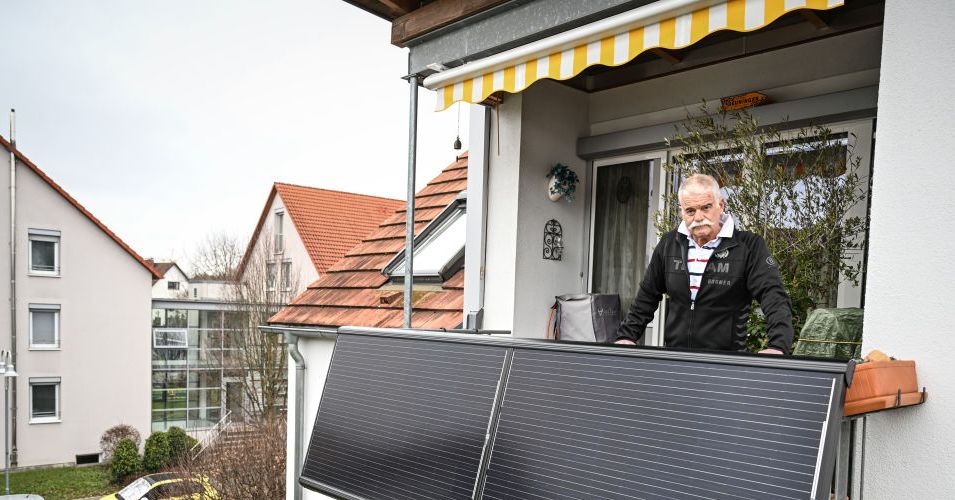Another issue in the United States is the absence of a compatible safety device called the GFCI or GFCI Circuit Circuit. They are typically built in stores that are installed near water resources, such as sinks, washing machines or tubs. They are designed to minimize the risk of electric shock with a power outage when, for example, the hair dryer falls into the sink. However, there are no reputable GFCI stores in the United States to use devices that consume energy, such as the mixer and the ones that produce it, such as a balcony solar set. “The equivalent of Germany with GFCI, in the name of the current remaining device, can detect two -way electricity,” said Andreas Schmidt, a mechanical engineer and YouTube in Germany.
Some people have raised concerns about the risk of shocking metal metal after removing a balcony solar device. German regulators need to be reduced by the need for microbes – which converts currents from the panel to electricity – immediately in silence or when it is not suddenly separated. Most of them currently have this feature, but every US standard may need to be formulated.
Lack The Underwriters (UL) standard is perhaps the biggest obstacle to the balcony solar acceptance. The safety company approves thousands of home -made electric products. According to the Iowa State University, “every lamp, lamp or output purchased in the United States usually has an UL icon and says UL is mentioned.” This assures customers that this product follows nationally recognized instructions and can be used without the risk of fire or shock.
While some companies have sold plugin solar devices in the United States without UL list, the company’s approval stamp is typically prerequisite for selling products in the market. Consumers may be cautious about using something that lacks confirmation. For example, the new Utah balcony solar policy determines that the law is applied only to UL products.
Achim Ginsberg-Klemmt, Vice President of Engineering in GismoPower solar launch, has been trying to create such a standard for more than a year and a half. In 2023, the Ministry of Energy donated its company to collaborate with UL to provide a standard.
Gismopower sells a mobile chamber with a solar panel ceiling and an integrated electric vehicle charger. Unlike the solar roof, the system does not need to be installed, but it can drive and connect to a road and create electricity for the car, home and network. “We basically take us to the next level of the roof,” said Ginsberg-Ginzberg. This product is used in experimental sites across the country, although the lack of standardized rules for solar plugin has forced the company to negotiate with local programs-a time-consuming and sometimes costly process.
The GismoPower product, by connecting to a 240V dedicated output, prevents one of the biggest technical challenges with solar balconies, which is commonly used for dryers. Such an output serves a single device and uses a dedicated circuit and puts the risk of overloading. But the leader in the same obstacle is the lack of standard UL. Ginsberg-Camel collaborates with researchers at the Lawrence Berkeley National Laboratory, other entrepreneurs and engineers of Underwriters laboratories to develop such a standard, but it has not been easy. “We have found many road barriers,” he told Gareth.





